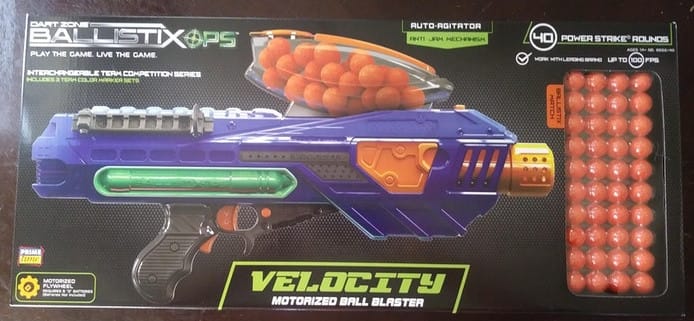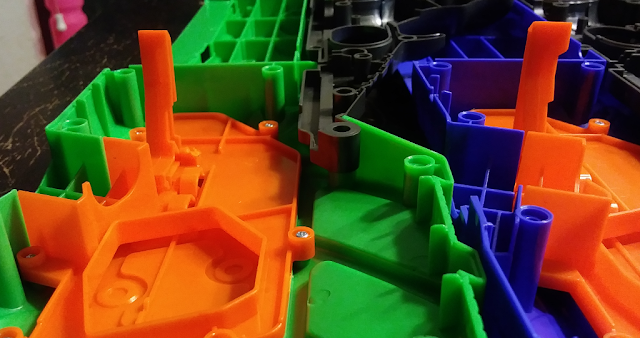Overview
Target looks to have an increasingly diverse lineup on its blaster isle this next half of the year. One of the more anticipated is one of Dart Zone’s new entries into the High Impact Round space, The Accelerator. If you aren’t familiar with their BallistixOps line and play or are considering getting into the Nerf Rival, you should give these a look. I did an overview on several of these in the last six months where you can find my thoughts and links to several others on the subject.
NOTE:
I had the good fortune of getting my hands on the new Velocity a couple of days before the new plan set at Target. If you’re champing at the bit to get your hands on this one, you should start seeing it available next week.
Let’s start with the basics. The Velocity is a semi-automatic, flywheel blaster that uses a removable 40 round hopper for ammunition loading. It is also capable of using Rival stick magazines. It sports sockets for team plates, allowing your the red, blue, or green team flags. You can see the green option in the box art above. It is powered alternately by 6 D cells or the Rival rechargeable battery pack.
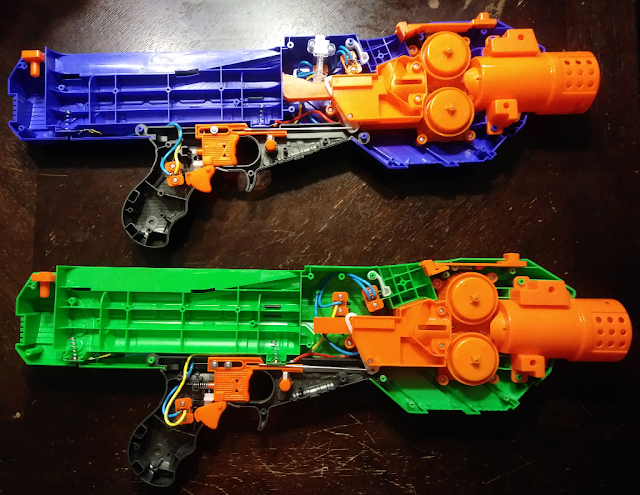 |
| Velocity above, Accelerator below |
If you’ve seen the Adventure Force Accelerator, made by Dart Zone for Wal-Mart, that seems very familiar. Up to this point, they are nearly identical, the main difference being the slightly smaller 25 round hopper.
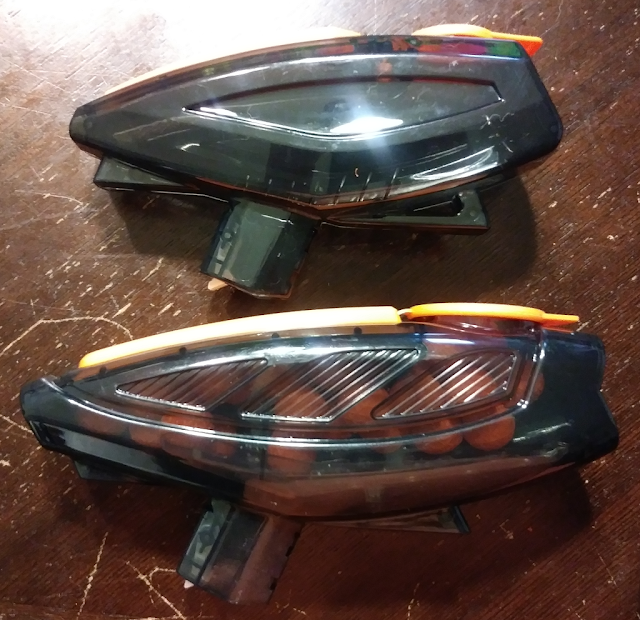 |
| Accelerator hopper above, Velocity hopper Below |
The Velocity shows a number of subtle, and not quite subtle iterative improvements over the Accelerator. Let’s start with the most obvious. Called out on the box as “Auto-Agitator Anti-Jam Mechanism”, the Velocity features a new mechanical agitator. This function is by pushing a small rod up into the back third of the hopper into an agitation plate on every trigger pull. This, combined with typical movement in play, is expected to prevent most hopper jam situations.
 |
| The agitator rod, close up. |
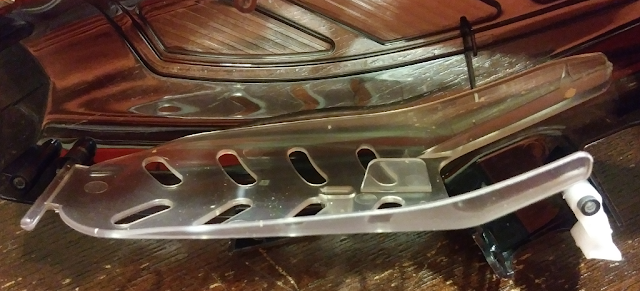 |
| The Agitator plate, as seen from a butterfly’d hopper. |
This rod is put in motion by the new design of the pusher arm, as seen below.
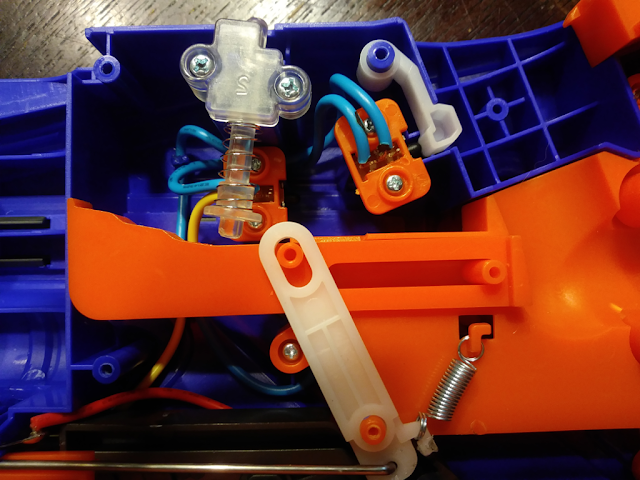 |
One of the weaknesses in the Accelerator was the pusher return spring which is much beefier here. Additionally, one of the two screws that held the trigger has been removed, decreasing friction there.
 |
| With the cover on |
Another not so small change is the rev trigger. The Velocity trigger is slightly hooked so that it doesn’t come fully flush with the blaster when pulled.
 |
| Velocity above, Accelerator below. |
The last major change comes in the jam door trigger, which is probably a result of having to work around the agitator mechanism.
Unknowns?!
As this is a comparative teardown, there are questions about this blaster that you may have that will remain unanswered. The two that come most immediately to mind are the well-known Accelerator issue with the flywheel spindle attachment and whether the Agitator mechanism works as advertised. I will have to cede those questions to a later date and other reviewers as they will take time and use to bear out.
